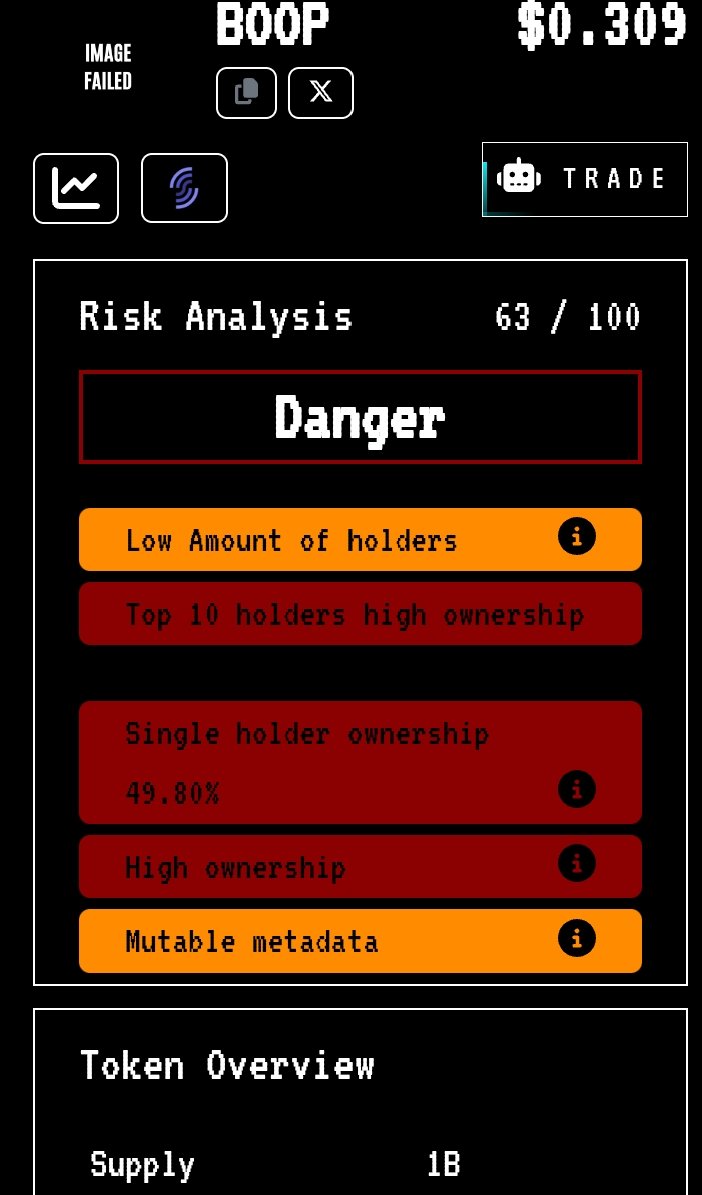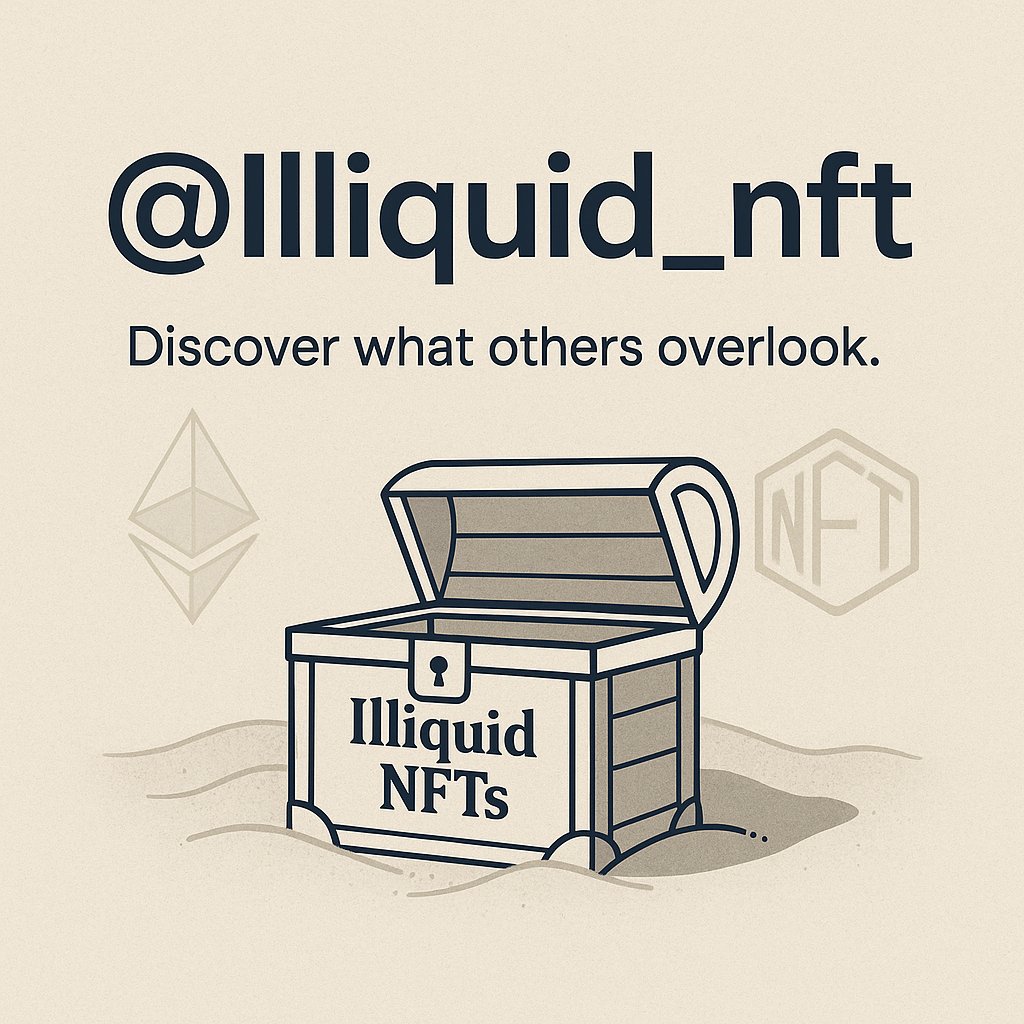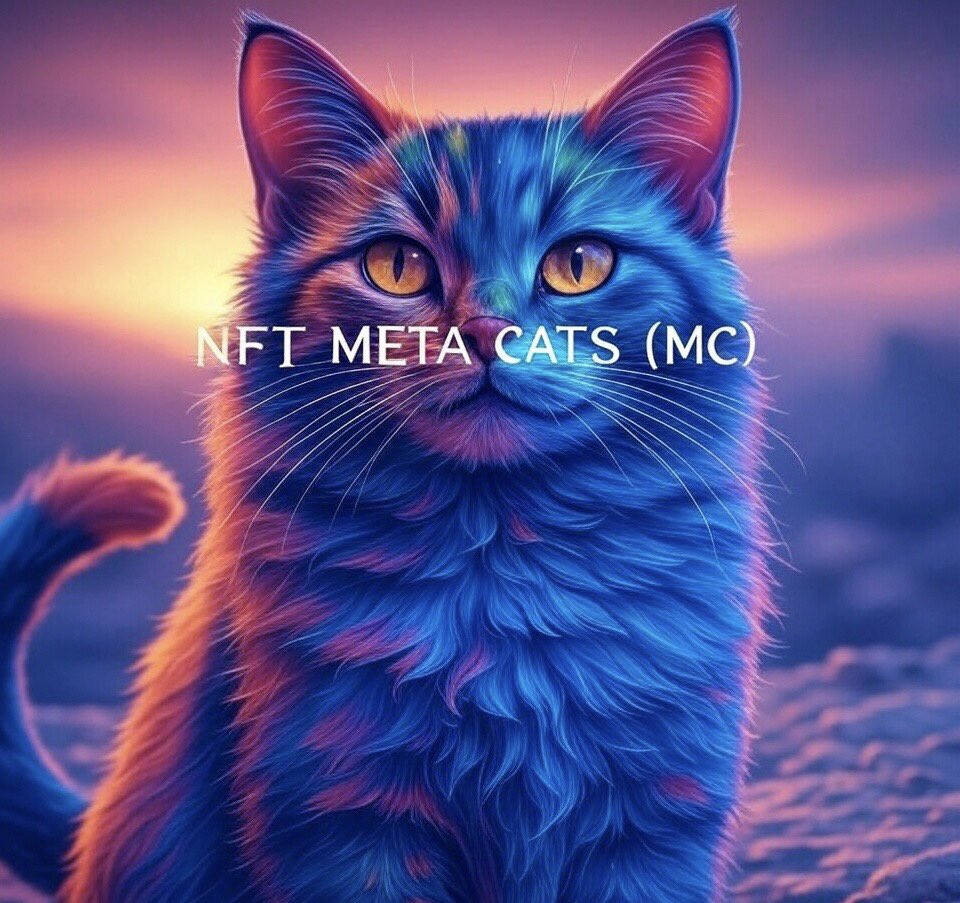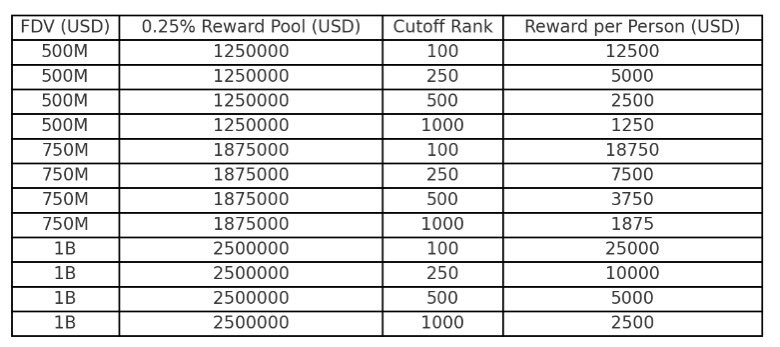The Ever-Evolving Landscape of NFTs and Cryptocurrency
The Rise of NFTs and Cryptocurrency
A New Era of Digital Assets
In the digital age, the concept of ownership has taken on a new dimension with the advent of non-fungible tokens (NFTs). Unlike traditional cryptocurrencies, which are fungible and can be exchanged on a one-to-one basis, NFTs are unique digital assets that represent ownership of specific items. These items can range from digital art and collectibles to virtual real estate and even real-world assets. The uniqueness of NFTs makes them ideal for verifying ownership and authenticity in the digital realm, opening up a world of possibilities for creators and collectors alike.
Market Trends and Analysis
The NFT market has experienced explosive growth, with platforms like OpenSea and Rarible becoming major players. According to a report by DappRadar, the NFT market saw a significant surge in trading volume, reaching $25 billion in 2024, a 300% increase from the previous year [1]. This growth can be attributed to several factors, including the increasing acceptance of digital art, the rise of metaverse platforms, and the growing interest in blockchain technology. The metaverse, in particular, has emerged as a key driver, offering immersive virtual environments where NFTs can be used to represent ownership of digital assets.
Cryptocurrencies, on the other hand, have been a staple of the digital economy for over a decade. Bitcoin, the first and most well-known cryptocurrency, has seen its value fluctuate wildly, reaching an all-time high of $100,000 in 2024 [3]. Other cryptocurrencies like Ethereum, Solana, and Cardano have also gained significant traction, each offering unique features and use cases. Ethereum, for instance, is widely used for smart contracts and decentralized applications (dApps), while Solana and Cardano focus on scalability and sustainability.
Navigating the Risks
Understanding Market Volatility
One of the most significant risks in the NFT and cryptocurrency markets is volatility. Prices can fluctuate wildly based on market sentiment, regulatory changes, and technological advancements. For instance, the value of Bitcoin dropped by 20% in a single day in March 2025 due to regulatory concerns in the United States [3]. Such volatility can be challenging for investors, especially those new to the market. It is essential to understand that the digital asset market is highly speculative and can be influenced by a variety of factors, including media hype, celebrity endorsements, and global economic conditions.
Security and Fraud
Security is another major concern in the world of NFTs and cryptocurrencies. Digital wallets, which store these assets, can be vulnerable to hacking and theft. High-profile hacks, such as the one that resulted in the loss of $600 million worth of cryptocurrency from a decentralized finance (DeFi) platform in 2024 [4], highlight the need for robust security measures. Investors must be vigilant and implement best practices, such as using hardware wallets, enabling two-factor authentication, and regularly updating software. Additionally, being aware of phishing scams and other fraudulent activities is crucial for protecting digital assets.
Regulatory Challenges
Regulatory uncertainty is a significant risk factor in the NFT and cryptocurrency markets. Governments around the world are still grappling with how to regulate these digital assets. In the United States, the Securities and Exchange Commission (SEC) has been increasingly scrutinizing cryptocurrency exchanges and NFT platforms, leading to uncertainty and potential legal challenges for market participants [2]. As regulations evolve, investors must stay informed and adaptable, ensuring compliance with local and international laws. Clear regulatory frameworks can provide much-needed certainty, promoting innovation while protecting investors.
Strategies for Mitigating Risks
Diversification and Hedging
Diversification is a key strategy for mitigating risks in the NFT and cryptocurrency markets. Investors should consider spreading their investments across different types of digital assets, including various cryptocurrencies and NFTs. This approach can help reduce the impact of volatility in any single asset. Additionally, hedging strategies, such as using derivatives, can help protect against price fluctuations. Derivatives allow investors to speculate on the future price movements of assets without actually owning them, providing a way to hedge against potential losses.
Enhanced Security Measures
Implementing robust security measures is crucial for protecting digital assets. This includes using hardware wallets, which are physical devices that store cryptocurrencies offline, making them less vulnerable to hacking. Enabling two-factor authentication adds an extra layer of security, requiring a second form of verification in addition to a password. Regularly updating software and being cautious of phishing scams are also essential practices. Investors should stay informed about the latest security threats and adopt proactive measures to safeguard their assets.
Staying Informed and Adaptable
Staying informed about market trends and regulatory changes is essential for navigating the dynamic world of NFTs and cryptocurrencies. Investors should follow reputable sources of information, such as market analysis reports and industry news. Being adaptable and ready to pivot strategies based on new information can also help mitigate risks. For example, staying updated on regulatory developments can help investors anticipate changes and adjust their portfolios accordingly. Engaging with the community through platforms like Twitter and Discord can provide valuable insights and support.
The Future of NFTs and Cryptocurrency
Emerging Technologies and Innovations
The future of NFTs and cryptocurrency looks promising, with several emerging technologies and innovations on the horizon. For instance, the integration of NFTs into the metaverse is expected to create new opportunities for digital ownership and interaction [5]. The metaverse, a virtual reality space, allows users to own, trade, and interact with digital assets in immersive environments. Additionally, advancements in blockchain technology, such as layer-2 solutions, are expected to improve scalability and reduce transaction costs [6]. Layer-2 solutions, which operate on top of the main blockchain, can handle a higher volume of transactions more efficiently, making them ideal for scaling blockchain applications.
The Role of Regulation
Regulation will play a crucial role in shaping the future of the NFT and cryptocurrency markets. As governments around the world develop clearer regulatory frameworks, investors and market participants will have more certainty, leading to increased adoption and growth. However, it’s essential that regulations are balanced, promoting innovation while protecting investors. Clear guidelines can help mitigate risks and foster a more stable and trustworthy market. Collaboration between regulators, industry experts, and community members is key to developing effective and fair regulations.
Community and Collaboration
The community and collaboration within the NFT and cryptocurrency ecosystems are vital for their continued growth. Platforms like Twitter and Discord have become hubs for discussions, collaborations, and support. As seen in the tweets from users like @NftSei and @longpham2730, community engagement and support are essential for navigating the complexities of these markets. The collective knowledge and experience of the community can provide valuable insights and guidance, helping investors make informed decisions. Building a strong and supportive community can also foster innovation and drive the market forward.
Conclusion: Embracing the Future
The worlds of NFTs and cryptocurrency are filled with both opportunities and challenges. As we move forward, it’s crucial to stay informed, adaptable, and proactive in managing risks. By understanding market trends, implementing robust security measures, and staying engaged with the community, investors can navigate these dynamic markets successfully. The future of digital assets is bright, and those who embrace it with a strategic and informed approach will be well-positioned to reap the benefits. As the landscape continues to evolve, embracing innovation and collaboration will be key to unlocking the full potential of NFTs and cryptocurrencies.





